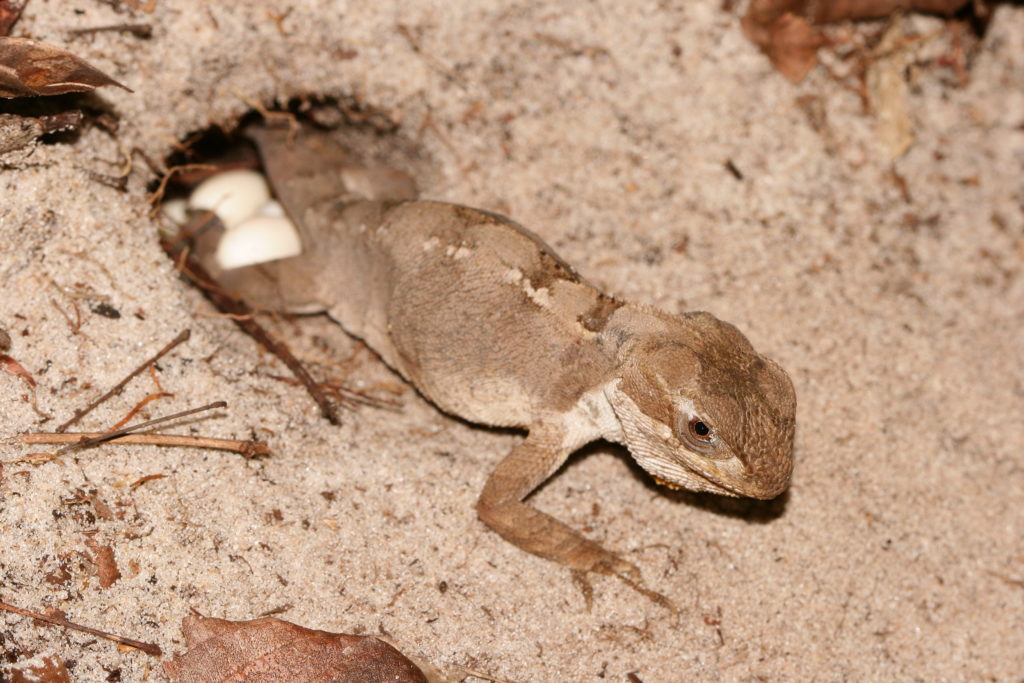The ancestor of snakes and lizards likely gave birth to live young, rather than laid eggs, and over time species have switched back and forth in their preferred reproductive mode, according to our new research, published in print in Ecology Letters Dec. 17.
This is a very unusual and controversial finding, and a major overturn of an accepted school of thought. Before, researchers assumed that the ancestor of snakes and lizards laid eggs, and that if a species switched to live birth, it never reverted back. We found this wasn’t the case. These findings push our understanding of the evolution of live birth a lot further back in time, to around 175 million years ago, showing that live birth has a much more ancient past as a strategy than previously believed. The findings are backed by several recent plesiosaur and mosasaur fossil discoveries and the fossil record of a few lizards from the Cretaceous Period, which had embryos in the mother and had live birth. We looked at an evolutionary tree containing all groups of squamates—the group that comprises lizards and snakes—which we had published in the journal BMC Evolutionary Biology earlier this year.
We used DNA sequencing technology to group thousands of lizards and snakes, includes all families and subfamilies and most genus and species groups. In total, about 115 groups of lizards and snakes, or about 2,000 species, have live birth. The other 8,000 species lay eggs—at least right now. Next, we want to analyze all tetrapods—a group comprised of animals with four legs, such as amphibians, reptiles, birds, mammals and turtles— to see if there are any new surprises about the evolution of their reproductive modes. These findings could also be tested by scanning the genomes of these species, and looking for functional elements that get switched on and off.
This research was funded by the National Science Foundation (DBI-0905765).
Are you the author of this article? We had a site crash back in 2016 and lost some author attributions. We promise this is not a snub! Please email us and let us know that this is your post. Thanks and apologies!


